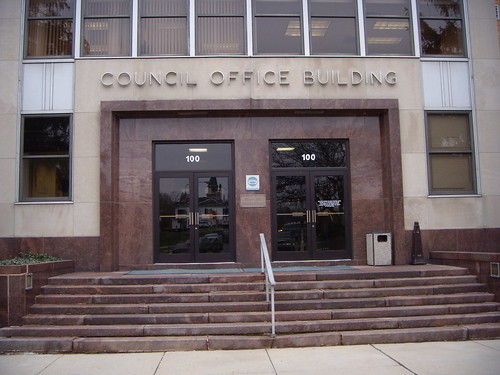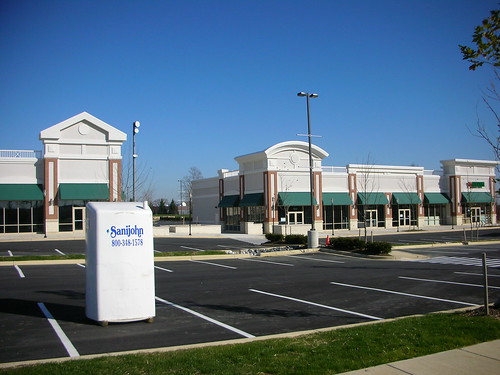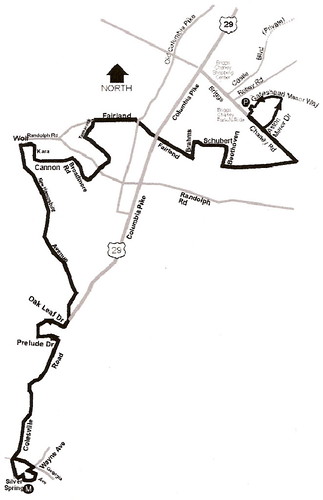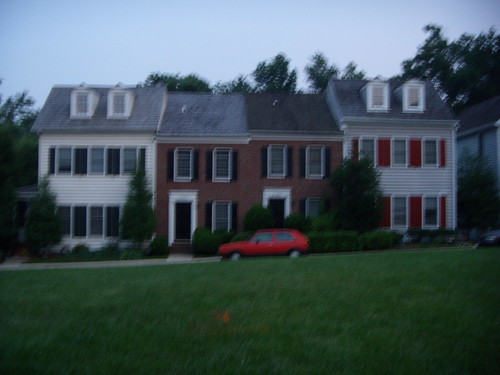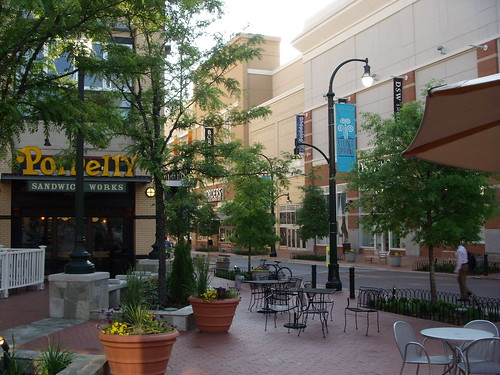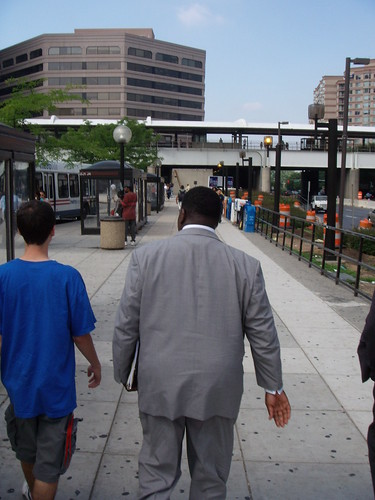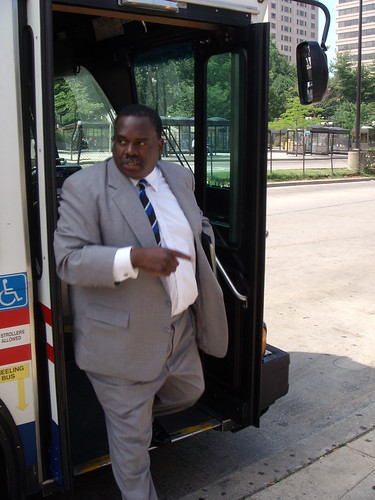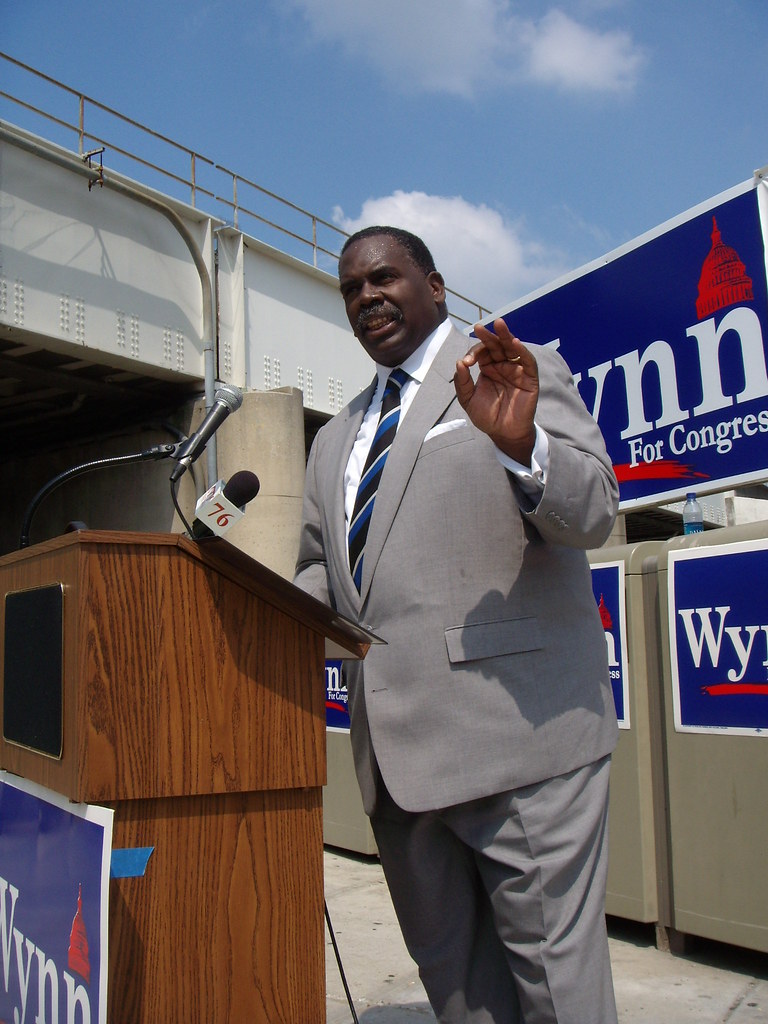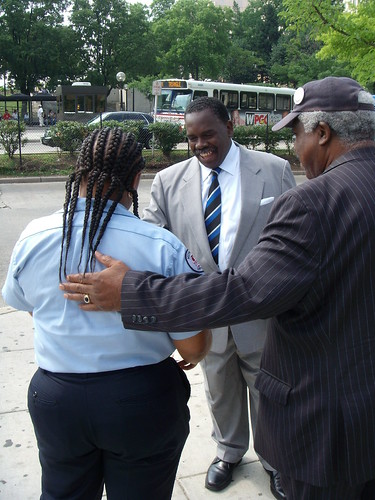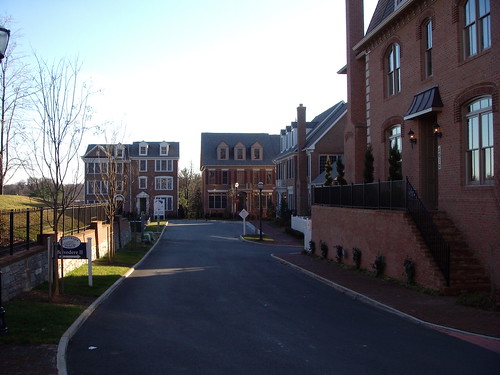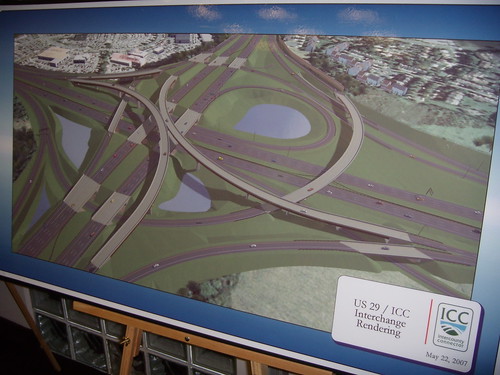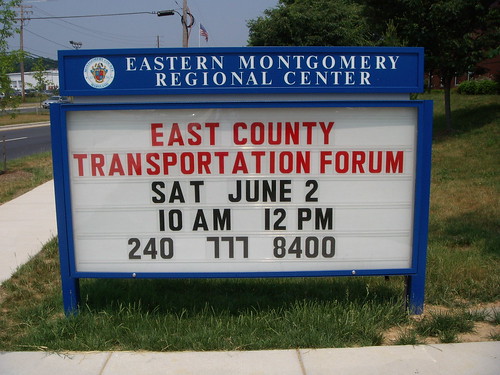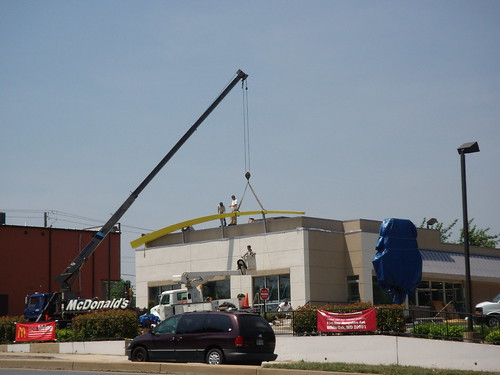 This morning, the Peterson Companies has offered an olive branch of sorts to the photographers and bloggers it has recently slighted in Silver Spring (a detailed play-by-play of which can be found at the Baltimore Sun):
This morning, the Peterson Companies has offered an olive branch of sorts to the photographers and bloggers it has recently slighted in Silver Spring (a detailed play-by-play of which can be found at the Baltimore Sun):"We welcome photography, videography and other filming at our Center. We permit all of these activities, as long as our patrons and tenants are neither harassed nor photographed or filmed over their objection. Also, any activity which would interfere with pedestrian or vehicular movement requires advance management approval. We continue to encourage patrons to report inappropriate behavior to police and security personnel. We reserve the right to modify this and other policies."Peterson, owner of the Downtown Silver Spring complex, recently came under scrutiny for its "no photography" policy on Ellsworth Drive after security guards accosted photographer Chip Py two weeks ago. Py was unimpressed by the Peterson Companies' reversal. On the Free Our Streets blog, he said that the photographers' protest planned for July 4th on Ellsworth will go on as planned.
JUTP guest blogger Adam Pagnucco helped to broker the compromise between Peterson and the photographers. His take on the Peterson Companies' attempt to respond to community needs comes AFTER THE JUMP . . .
In evaluating the above policy, it is important to consider the exact legal status of Ellsworth. Ellsworth between Fenton and Georgia is owned by the county. However, it is leased by PFA, the partnership that built and now manages the development. The lease has a broad management rights clause for the partnership. However, it is also contingent on a public use easement that allows right of passage to the public and declares the street to be "public use space." More information on the exact language pertaining to the development can be found on Free Our Streets.
PFA has an option to buy the development outright. After ten years from the signing of its lease, the sale price will be one dollar. PFA could buy it now, but they would have to pay a higher price. The point is that this street could be 100% private property at any time.
PFA's new policy allows substantially the same photography practices that would prevail on a public street. The only difference is that PFA is not conceding that the First Amendment applies directly to what it considers to be its private property through its lease. Some believe that it should concede this right. I do not know of a real estate company that would surrender First Amendment rights on its private property without a court battle.
The organizers of Freeourstreets.org deserve credit for winning a much-improved photography policy from the company. The debate of the past week has also raised a compelling issue: what rights do citizens have on land controlled by public-private partnerships? Shouldn't those rights be addressed in detail in future agreements? The agreements applying to Ellsworth were negotiated prior to 9/11. We live in a different world now and we must closely examine the balance between commerce and liberty in our government's dealings with business.
PFA also deserves credit for acting in good faith and crafting a new policy that will prevent the sort of incident endured by Chip Py. PFA has told the Baltimore Sun that it will now welcome photographers rather than discourage them. PFA could have hired an army of lawyers and fought tooth-and-nail, but they instead chose to listen and change. As someone who has spent his life in the labor movement, I wish more businesses conducted their operations in that way.
Adam Pagnucco

